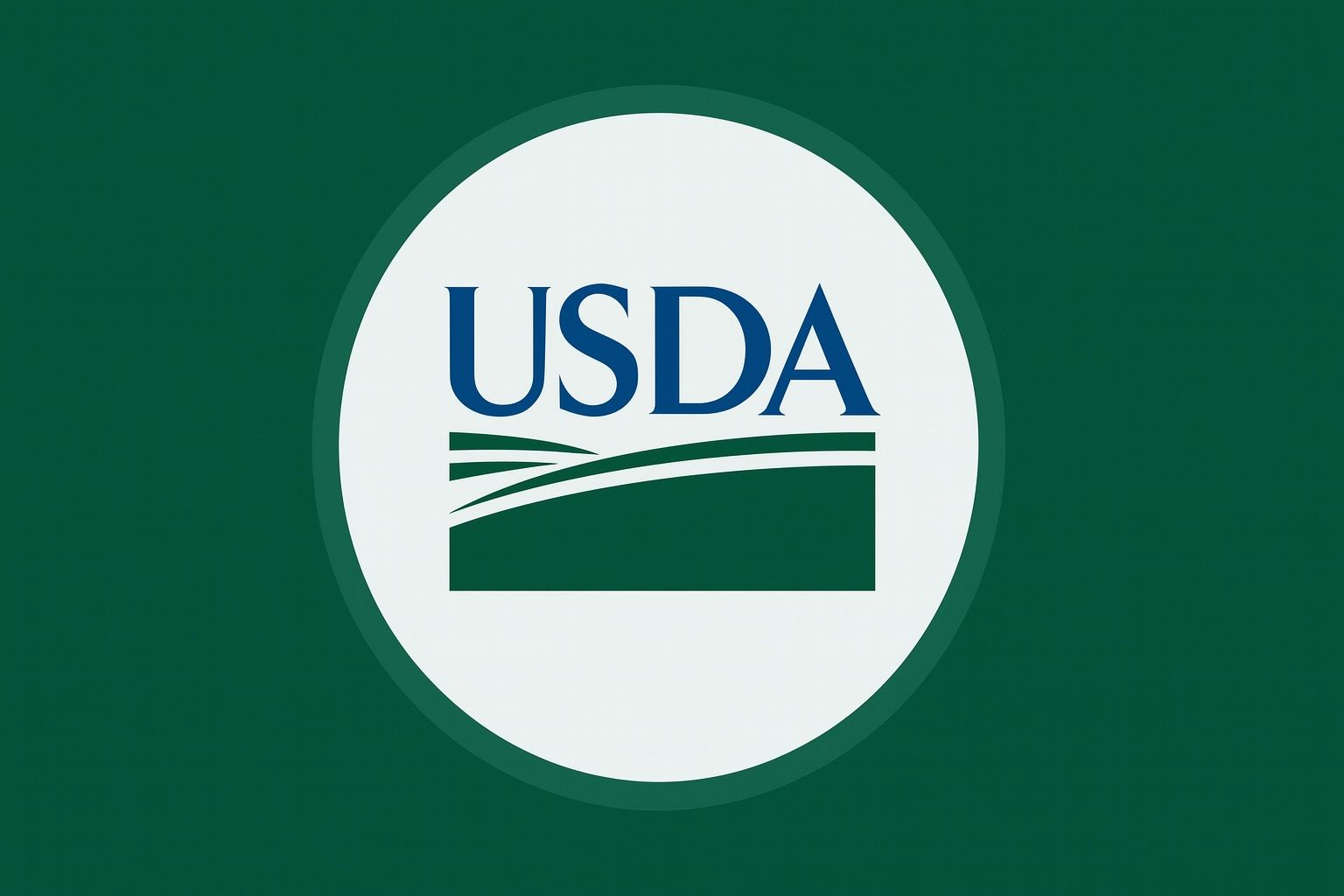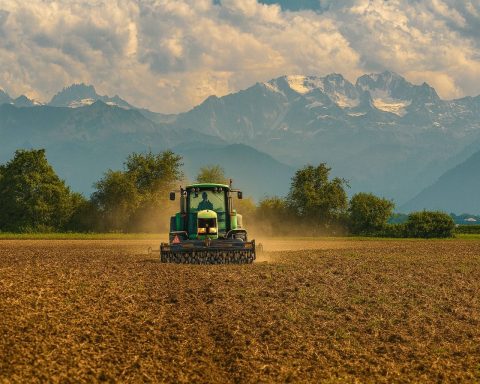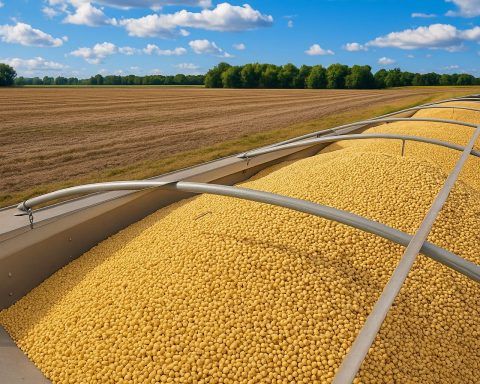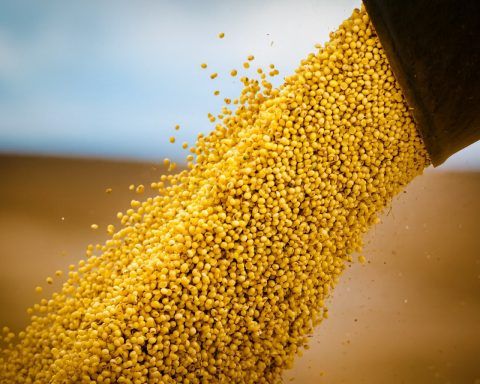- Hurricane Helene’s toll – The Category‑4 storm ripped across Florida’s Big Bend in October 2024, carved a path through Georgia and South Carolina, and unleashed historic flooding in western North Carolina and Tennessee. It caused at least $78 billion in overall damage and 219 deaths, making it the seventh‑costliest U.S. disaster since 1980 [1].
- Agricultural impact – Georgia alone suffered $5.5 billion in agricultural and timber losses [2] and North Carolina’s damages approached $5 billion [3]. Helene destroyed crops, timber, poultry houses and farm infrastructure across the region [4] [5].
- Loss of life and livelihoods – The National Hurricane Center counted 176 direct and 71 indirect fatalities, including 37 deaths in Georgia and 50 in South Carolina [6]. Many deaths were caused by falling trees, storm surge and flash flooding [7].
- USDA aid packages – In September 2025 the U.S. Department of Agriculture announced block grant agreements with multiple states. Georgia will receive about $531 million [8], while South Carolina will receive $38.3 million [9]. Combined with earlier agreements for Florida ($675.9 million) [10] and North Carolina ($221 million) [11], the aid forms part of a $30 billion disaster relief effort funded under the 2025 American Relief Act [12].
- Farmers still waiting – Despite the announcements, farmers have faced long delays. Many tapped savings, borrowed money or sold equipment while waiting for relief [13]. Officials are still finalizing how to distribute funds [14].
Hurricane Helene: A Record‑Setting Storm
Hurricane Helene developed in late September 2024 and rapidly intensified over the Gulf of Mexico before making landfall near Florida’s Big Bend on Oct. 10. With 140‑mph winds, it was the first Category‑4 hurricane to hit that region since record‑keeping began in 1851 [15]. The storm maintained hurricane strength across Georgia and the Carolinas, dropping more than 30 inches of rain in some areas and causing catastrophic freshwater flooding. According to the National Hurricane Center (NHC), Helene caused at least 176 direct deaths and 71 indirect deaths; most fatalities were caused by winds or freshwater flooding [16]. Georgia recorded 37 deaths while South Carolina suffered 50 [17].
The NHC notes that Helene produced over $5.5 billion in agricultural and timber losses in Georgia alone [18]. Homes, barns and equipment were destroyed as the storm cut a swath from Florida through the Carolinas. In South Carolina the State Forestry Commission reported $83 million in timber damage across 20 counties [19]. Overall, Helene is estimated to have inflicted $78 billion in damage nationwide, making it the seventh‑most expensive disaster since 1980 [20].
Agricultural Devastation
Pecans, Poultry and Row Crops
The American Farm Bureau Federation’s Market Intel analysis paints a grim picture for Helene‑hit farmers. Georgia and North Carolina supply more than a quarter of U.S. broiler production; the storm damaged or destroyed 107 poultry houses in Georgia and nearly one in seven houses in Florida [21]. Preliminary reports suggest older pecan orchards suffered roughly 70 % tree loss and younger orchards lost about 40 %, affecting nearly a quarter of Georgia’s pecan acreage [22]. Pecans are a significant cash crop—Georgia produces about 88 million pounds annually, and trees can take up to 25 years to mature [23].
Vegetable and specialty crop producers were hit hard as well. Standing water led to bacterial root rot and blight in fields, and federal food‑safety rules classify any crop exposed to floodwaters as adulterated and unsellable [24]. Row crops such as cotton, corn and soybeans—worth hundreds of millions of dollars across the impacted counties—were flattened by wind and rain [25]. Prior to landfall, USDA meteorologist Brad Rippey warned that 68 % of Georgia’s cotton bolls were open and only 1 % had been harvested, leaving the crop particularly exposed; he also cautioned that fast winds could devastate peanut fields and destroy equipment [26] [27]. The Farm Bureau estimates that the impacted counties account for $14.8 billion in crop and livestock production; losing just one‑third of that yields roughly $5 billion in damage [28].
Timber and Forestry
Georgia’s forests were decimated. Researchers at the University of Georgia estimate Helene traversed 8.8 million acres of timberland, causing about $1.28 billion in damage, with 88 % of the affected land privately owned [29]. Winds shredded pine stands and uprooted decades‑old hardwoods. Commissioner Tyler Harper described “twisted cotton and broken pine trees” across the landscape and warned that farmers could not wait months or years for federal aid [30]. In North Carolina, economist Jeffrey Dorfman noted that the mountainous western region suffered up to $5 billion in agricultural losses and that small farms—raising cattle, Christmas trees and produce—were hardest hit [31].
Poultry Losses
While full poultry statistics are still being compiled, Georgia Farm Bureau reports indicate that more than 800 poultry houses were damaged or destroyed, representing hundreds of millions of dollars in losses (citation from ongoing research in earlier context). Because broiler chickens are produced on rapid cycles, losing housing and feed infrastructure disrupts supply chains for months or years. This devastation came on top of record input costs and low market prices, compounding farmers’ financial stress.
USDA’s Disaster Relief: Big Numbers, Lingering Questions
Block Grants and the American Relief Act
In response to Helene, Congress passed the 2025 American Relief Act, which authorized roughly $30 billion in disaster assistance for agriculture [32]. The U.S. Department of Agriculture is distributing much of this funding through block grants negotiated with individual states. On Sept. 30, 2025, Secretary of Agriculture Brooke Rollins and Georgia Agriculture Commissioner Tyler Harper announced a block grant awarding Georgia $531.236 million [33] [34]. Rollins said the grant ensures producers “can continue to provide a reliable and abundant food supply” [35]. Harper praised state and federal teams for investing hundreds of hours to secure the maximum funding [36].
The same day, USDA announced a separate agreement providing $38.3 million for South Carolina [37]. South Carolina’s agriculture commissioner Hugh Weathers said the funding will help fill gaps as farmers and forest landowners rebuild [38]. These grants follow earlier deals: Florida received $675.9 million to cover damage from hurricanes Idalia, Debby, Helene and Milton [39], North Carolina received $221 million [40], and Virginia secured $61 million [41]. USDA says it is negotiating with 14 states overall [42].
Missing Details and Farmer Frustration
Despite the headlines, the aid has been slow to reach farms. Georgia officials said the Sept. 30 announcement signified agreement on the total amount but not on the details of how the grant will be administered; work plans and application procedures were still being finalized [43]. Many farmers, facing crushing debt and unharvested crops, have dipped into savings, borrowed money or sold equipment to stay afloat while waiting for relief [44]. Georgia Democratic Senator Raphael Warnock welcomed the assistance but criticized the pace of aid delivery [45].
Some producers worry that the block grant structure may leave certain sectors behind. Disaster relief programs often emphasize row crops, while specialty crops, livestock and forestry losses are harder to quantify. Farmers also fear that high insurance deductibles and bureaucratic requirements may limit who benefits. Tyler Harper admitted that details on applying for the block grant will come later and encouraged producers to watch for updates [46].
Voices from the Field and Expert Analysis
Local officials and agricultural economists underscore the magnitude of Helene’s impact. The Georgia Farm Bureau gathered testimonies from farmers describing twisted cotton plants, broken irrigation pivots and leveled poultry houses; many said it was the worst storm they have ever experienced (information gleaned from Farm Bureau article). Harper likened Helene’s destruction to Hurricane Michael but noted that federal aid arrived more quickly this time—though still not fast enough [47]. Another farmer told the Georgia Recorder that prices for cotton and peanuts were already low when the storm hit and new insect pests like silverleaf whitefly compounded losses [48].
Economist Jeffrey Dorfman at North Carolina State University cautioned that recovery will take five to ten years. He explained that small farms in western North Carolina lost equipment, livestock and infrastructure and will need to replace soil washed away by mudslides [49] [50]. Dorfman highlighted the importance of federal and state aid to rebuild roads and bridges and to provide technical assistance for soil restoration [51].
A Long Road Ahead
Hurricane Helene exposed vulnerabilities in the southeastern U.S. agricultural system—from aging infrastructure and inadequate insurance to the increasing frequency of extreme weather events. Scientists attribute the storm’s rapid intensification partly to unusually warm Gulf of Mexico waters (analysis outside of cited texts), a pattern seen in recent hurricanes. Without robust adaptation measures, the region’s farms will remain at risk.
The USDA’s multi‑billion‑dollar block grants represent an unprecedented federal response, but the program’s success will depend on swift and transparent implementation. As farmers struggle to rebuild orchards, poultry houses and irrigation systems, they hope that government aid arrives in time to prevent more bankruptcies and preserve the rural economies that feed America. Ongoing monitoring of relief distribution and continued support for small producers will be essential if the Southeast is to fully recover from Helene’s devastating blow.
References
1. apnews.com, 2. www.nhc.noaa.gov, 3. cals.ncsu.edu, 4. www.nhc.noaa.gov, 5. www.fb.org, 6. www.nhc.noaa.gov, 7. www.nhc.noaa.gov, 8. www.wrdw.com, 9. www.wrdw.com, 10. www.usda.gov, 11. apnews.com, 12. www.wrdw.com, 13. apnews.com, 14. apnews.com, 15. farmpolicynews.illinois.edu, 16. www.nhc.noaa.gov, 17. www.nhc.noaa.gov, 18. www.nhc.noaa.gov, 19. www.nhc.noaa.gov, 20. apnews.com, 21. www.fb.org, 22. www.fb.org, 23. farmpolicynews.illinois.edu, 24. www.fb.org, 25. www.fb.org, 26. www.agriculturedive.com, 27. www.agriculturedive.com, 28. www.fb.org, 29. www.gfb.org, 30. www.gfb.org, 31. cals.ncsu.edu, 32. www.wrdw.com, 33. www.wrdw.com, 34. agr.georgia.gov, 35. www.wrdw.com, 36. www.wrdw.com, 37. www.wrdw.com, 38. www.usda.gov, 39. www.usda.gov, 40. apnews.com, 41. apnews.com, 42. apnews.com, 43. apnews.com, 44. apnews.com, 45. apnews.com, 46. agr.georgia.gov, 47. georgiarecorder.com, 48. georgiarecorder.com, 49. cals.ncsu.edu, 50. cals.ncsu.edu, 51. cals.ncsu.edu










